Sebastian Cox pairs coppiced chestnut and ash for furniture collection
British designer Sebastian Cox has used coppiced timber sourced from cultivated woodland to create this collection for UK furniture brand Benchmark (+ movie).
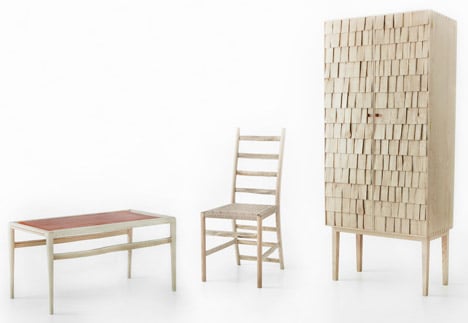
To create the range, which will launch at Clerkenwell Design Week tomorrow, Sebastian Cox used coppiced chestnut wood taken from the stems of trees that are repeatedly cut down to their stumps as a form of woodland management.
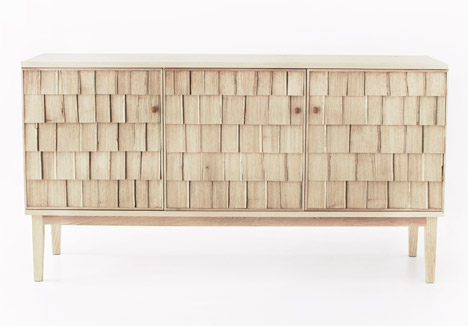
"I was drawn to coppiced timber because of its rapid self-replenishment and abundant growth," Cox told Dezeen. "I really believe we can use our woodlands better in the UK and we have a really under-used resource in coppiced timber."
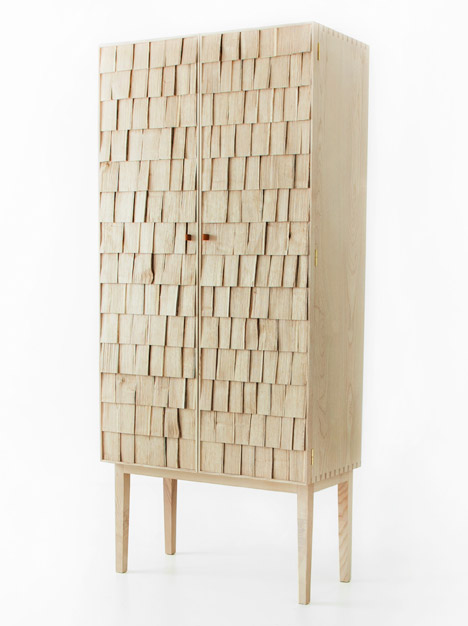
"I think as designers we can put an economic value in an otherwise waste material, and British hardwoods and green wood are a fantastic resource full of heritage and craft," said Cox.
The Chestnut and Ash collection for Benchmark includes the Lath chair, coffee table and bench, and the Shake cabinet and sideboard.
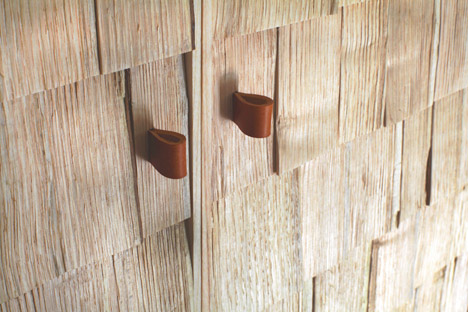
"We didn't start with sketches, we started by setting six of Benchmark's craftsmen the task of making six green wood chairs, and developed the design from that outcome," explained Cox.
"Each had its own characteristics from each craftsman's learning process. The whole collection has really come from how we have interpreted the crafts traditionally used to use green or coppiced wood."
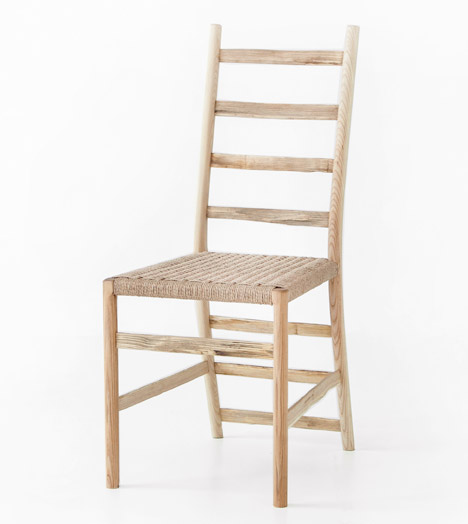
All the items include cleft timber sections, created by the controlled splitting of wood.
"We found a place in Kent called Torry Hill that is already producing coppiced chestnut on an industrial scale, churning out 11km of pale fencing a week in high season and selling it globally," said Cox. "It cleaves beautifully, and we loved the idea of using cleft timber in the pieces."
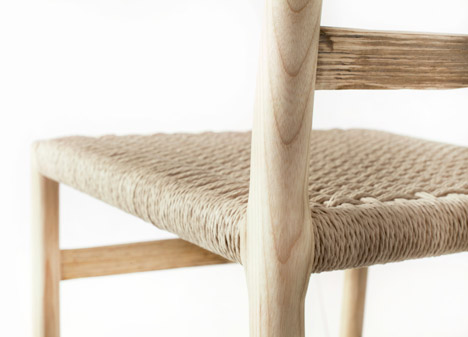
The chairs and bench have cleft laths for their rails, and the storage units have cleft shake fronts. These traditionally cut elements are used in combination with supports shaped on CNC machines.
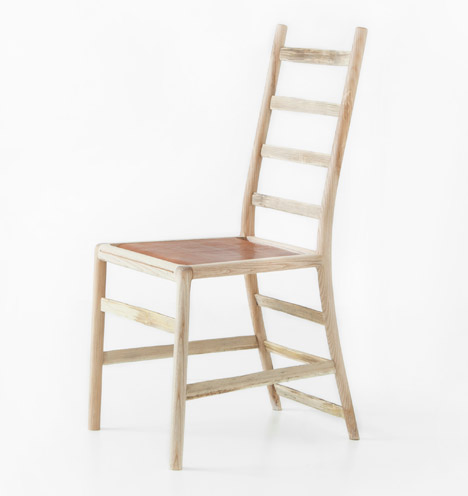
"I love the fact we've taken a woodland material, and combined advanced manufacturing techniques with ancient processes too," said Cox.
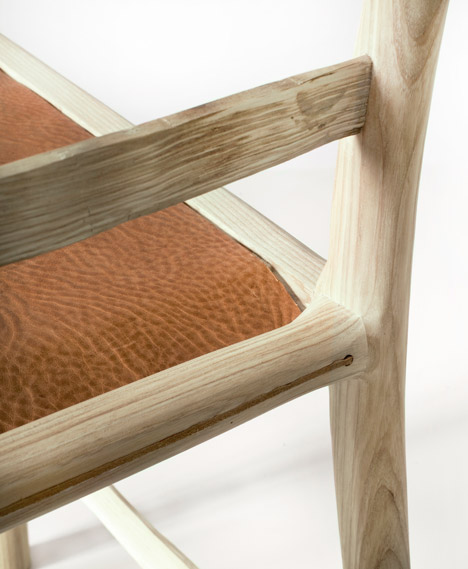
Ash thinnings form the framework of the chairs, which feature seats covered in vegetable-tanned leather or woven from Danish cord. Leather tabs form the handles for cabinet and sideboard doors.
The UK's population of ash trees has been devastated in the last two years by a virus, which is predicted to affect up to 75 per cent of the species in large areas of the country by 2018.
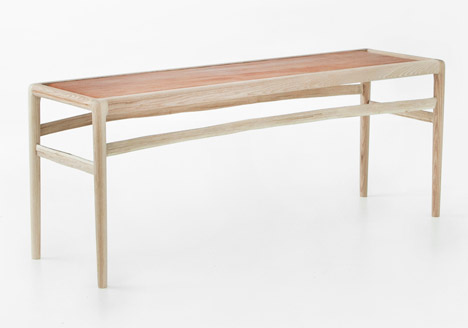
"I've always had a soft spot for ash, and that needs all the help it can get at the moment, so we're using ash thinnings for the framework of the chairs," explained Cox. "Thinning is also an important part of the process of woodland management and we wanted to tell a story about balanced woodland management with this project."
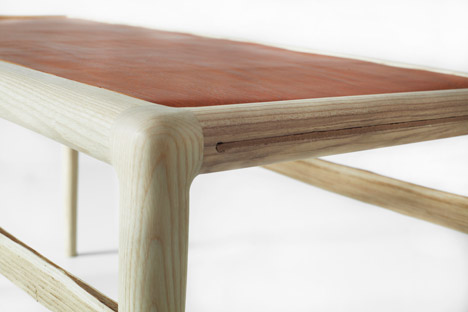
The chairs are held together with mortise and tenon joints, while dovetail joints fix the parts of the cabinets in place.
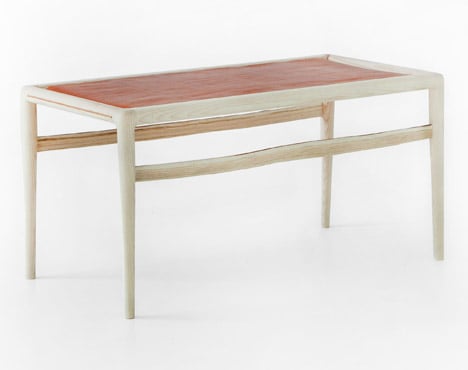
The collection will be on display during London's Clerkenwell Design Week from 20 to 22 May, on the second floor of the Farmiloe Building.